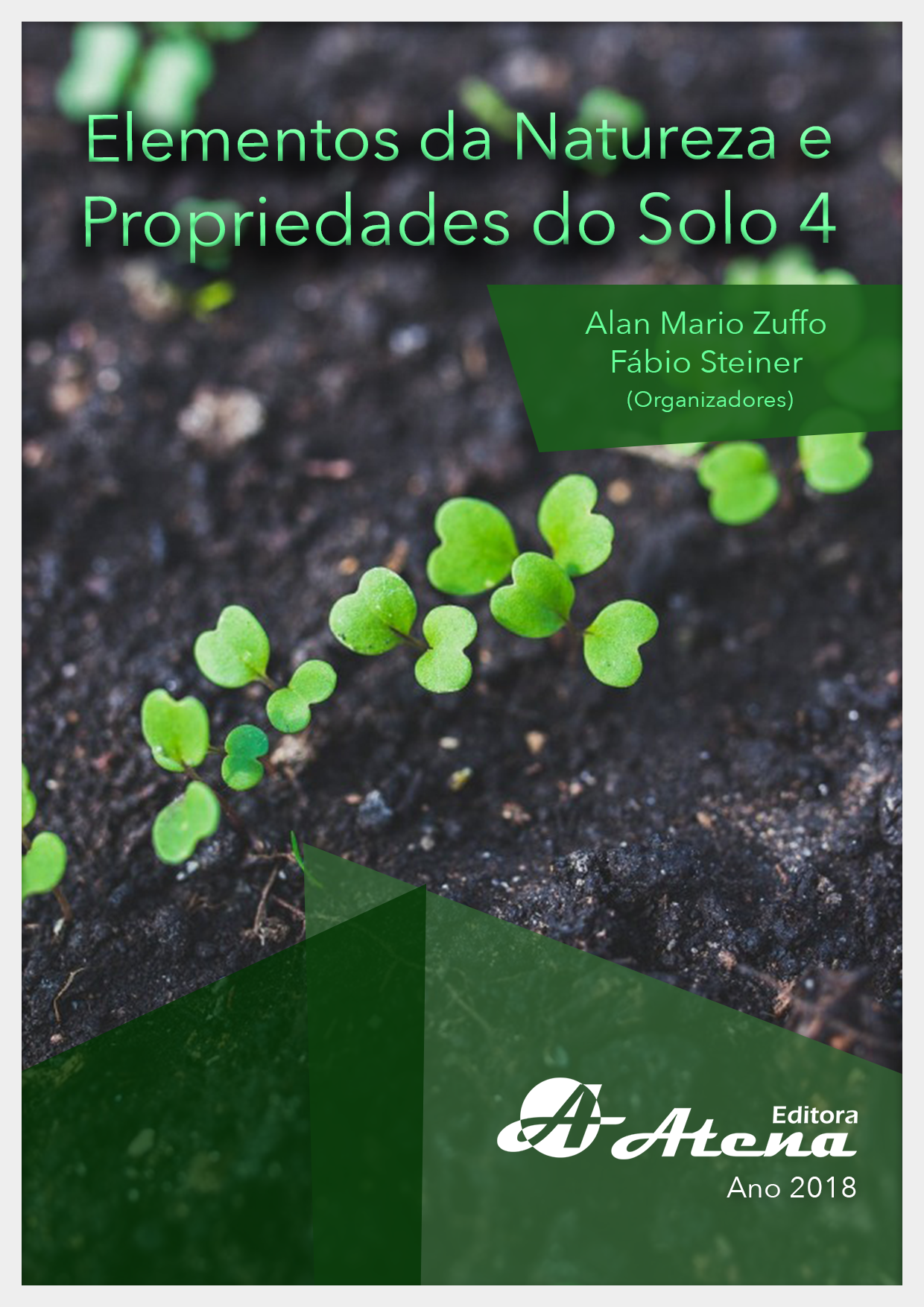
BIODIVERSIDADE DE RIZOBACTÉRIAS PRESENTES NO EXOESQUELETO DE FORMIGAS CORTADEIRAS DO GÊNERO Atta spp.
As formigas cortadeiras desenvolveram
a capacidade de cultivar o próprio alimento e, esta
estratégia de sobrevivência se estabeleceu por
interações co-evolutivas específicas, envolvendo
fungos e bactérias. Enquanto o fungo mutualista
serve de alimento, as bactérias do sistema
controlam o crescimento e a qualidade do mesmo
garantindo a longevidade da comunidade do
inseto. Neste contexto, este trabalho pretende ser
um projeto piloto na avaliação da diversidade de
bactérias presentes no exoesqueleto das formigas
cortadeiras, com o objetivo de selecionar isolados
representantes para estudos de bioprospecção.
Para obtenção das amostras, foram utilizados de
três formigueiros localizados em dois municípios
da região oeste do Paraná. Os indivíduos foram
desagregados em solução salina em agitador.
As soluções obtidas, foram diluídas até a
concentração 10-3, plaqueadas em meio sólido tipo
Dygs e submetidas a BOD por 72 horas a 27ºC.
Os isolados foram caracterizados e agrupados
morfologicamente e destes, representantes foram
selecionados para crescimento em meios seletivos
para actinomicetos, bactérias celulolíticas e
proteolíticas. Os dados revelaram a formação de
dois grandes grupos que derivaram de um ancestral
comum. Destes agrupamentos, foram escolhidos
4 representantes para serem submetidas aos
meios seletivos. Através de avaliação visual, uma
nota de 0 a 10 foi atribuída quanto ao crescimento
dos isolados e, os resultados revelaram diferentes
padrões de resposta da diversidade e da
densidade dos gêneros avaliados. Este estudo
preliminar apontou a necessidade do aumento
da amostragem e de estudos mais avançados
nos campos da genética e bioquímica, a fim de
identificar estirpes com potencial biotecnológico
BIODIVERSIDADE DE RIZOBACTÉRIAS PRESENTES NO EXOESQUELETO DE FORMIGAS CORTADEIRAS DO GÊNERO Atta spp.
-
DOI: Atena
-
Palavras-chave: Formigas Cortadeiras; Bactérias; Exoesqueleto.
-
Keywords: ant leaf-cutter,bacteria, exoskeleton.
-
Abstract:
The ants leaf-cutter developed the ability to cultivated their own food, and that
survival strategy was established from interactions specific that co-evolutionary by specific
co-evolutionary interactions involving fungi and bacteria. While the fungus serves as food,
the system’s bacteria control the growth and quality of the fungus ensuring the longevity of
the insect community. In this context, this work intend to be a pilot project in the evaluation
of the diversity of bacteria present in the exoskeleton of leaf-cutting ants, with the objective
of selecting bacterials isolates representatives for bioprospecting studies. To obtain the
samples, were used three anthills located in two differents municipalities of the western
region of Paraná. The individuals were disaggregated in saline solution on shaker. The
obtained solutions were diluted to the concentration 10-3, plated in Dygs-type solid medium
and submitted to B.O.D for 72 hours at 27 ° C. The isolates were characterized and grouped
morphologically and of these, representatives were selected for growth in selective medium
for actinomycetes, cellulolytic bacteria and proteolytic. The data revealed the formation of
two large groups that derived from a common ancestor. Of these groupings, 4 representatives
were chosen to be submitted to the selective medium. Through visual evaluation, a score
from 0 to 10 was attributed to the growth of the isolates, and the results revealed different
response patterns of the diversity and density of the evaluated genera. This preliminary
study pointed to the need for increased sampling and more advanced studies in the fields
of genetics and biochemistry in order to identify strains with biotechnological potential.
-
Número de páginas: 15
- Guilherme Peixoto de Freitas


